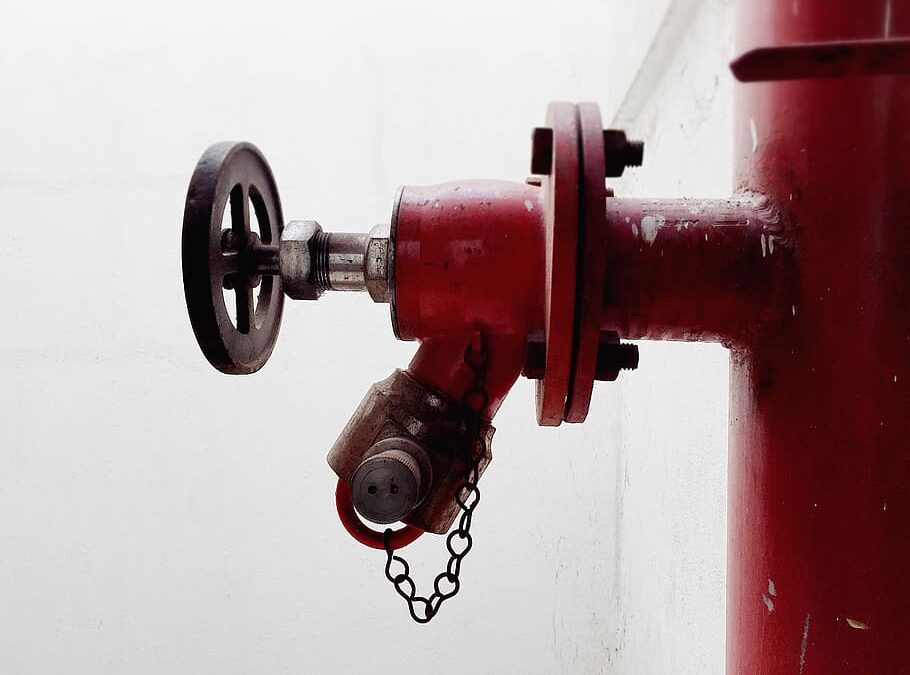Valves are essential mechanical (occasionally electro-mechanical) devices for regulating fluid flow via pipes or tubes. Many factors must be considered while selecting the best type of economy valve for a particular fluid service.
The valve chosen to function under the same conditions will vary from project to project. Examining costs and reaching an arrangement with a reliable partner like IDEX India is vital.
Valve Selection Criteria
The following considerations must be made while selecting a valve type.
- Valve Function
- Service Characteristics
- Cost of Valve

Valve Selection Based on Valve Function
There are four fundamental kinds of valves, each with their distinct qualities and sets of pros and cons. The valve design is based on two basic ideas.
1. The first principle is explored in three ways:
- Pushing Action: A direct push on the orifice seat moves the stopper. The obturating movement is the foundation of globe valves.
Advantages: Best shut-off and regulating characteristics
Disadvantages: High-head loss
Types of Pushing Valves: Globe Valves
- Rotating Action: Rotating the stopper. This is the foundation for plug and ball valves.
Advantages: Quick acting, Straight through flow
Disadvantages: Temperature limitations on PTFE sleeved valves and the need for attention to lubricant in lubricated valves.
Types of Pushing Valves: Plug Valves, Ball Valves, Butterfly Valves
- Sliding Action: Sliding the stopper over the face of the orifice. This is the foundation of gate-type valves.
Advantages: Straight-through flow
Disadvantages: Slow acting, Bulky
Types of Pushing Valves: Gate Valves
2. The second concept, squeezing action, is the foundation of all diaphragm-type valves.
Advantages: Glandless, positive shut-off on dirty fluids.
Disadvantages: Pressure and temperature are limited by the diaphragm.
material
Types of Pushing Valves: Diaphragm Valves
- Valve for Isolation Function
Gate Valve
Ball Valve
Butterfly Valve
Diaphragm Valve
- Valve for Flow & Pressure Control Function
Globe Valve
Ball Valve
Butterfly Valve
Diaphragm
- Valve for Prevention of Flow Reversal Function
Check Valve
- Valve for Flow Diversion
Ball Valve
Plug Valve
Angle Valve
Valve Selection based on Service Characteristics
Valve selection is dependent on the characteristics of the service.
- Fluid type
- Valve applications
- Pressure and temperature limitations
- Operation and maintenance requirements
1. Fluid Type:
The fluid under consideration should be categorized as follows:
- Liquid
- Gas
- Steam
- Slurry
- Solids

2. Valve Applications
Fluid and slurry properties and conditions must be carefully identified since they are frequently the most critical variables in selecting the appropriate valve best suited for your application.
- Cleaning Application
- Slurry Handling Application
- Solids Handling Application
- Hazardous and Flammable Liquids Handling Application
- Corrosive Material Handling Application
- Viscous Material Application
- Fouling Application
- Solidifying Application
3. Pressure and Temperature Limitation:
- Valves are generally rated based on their maximum working pressure and temperature, as well as the ratings of the piping system and flanges.
- Temperature also impacts the materials used in the valve construction, notably internals, trims, seals, rings, and lubricants.
- Typically, these are defined in the “Piping Material Specification.”

4. Operation and Maintenance Requirements:
Selection and design might be influenced by operational and maintenance requirements. Consider the following factors:
- Fire Resistance: It may be necessary for valves with non-metallic (soft) seating to include ‘fire-safe’ features so that if the soft seat and/or seals are damaged or destroyed by fire, the valve will still be operational and any leakage will be within the acceptable limits set by a specific standard or specification.
- Operability
- Tightness of the leak (internal and external)
- Maintainability
- Storage and installation
- Pipeline necessities
Valve Selection Considering Cost of Valve
- Gate valves are often less costly than globe valves of the exact same specification. The cost of 1-1/2′′ or smaller-dia. On the other hand, malleable gate valves are more than globe valves.
- Gate and globe valves are more costly than Class 150 Gr.304SS TFE-seat 4″ or smaller in diameter.
- Class 150 cast iron/malleable iron TFE-seat 2′′-4′′ ball valves cost less than gate and globe valves of the same rating and material.
- Domestic vendors have recently produced and marketed light and affordable 2′′ or smaller wafer-type ball valves, which should be widely used in chemical facilities.
- Compared to other types of valves, the cost of soft-seat butterfly valves applied in the range of around 10 kg/cm and 80°C or below is the lowest.
Making the Right Valve Selection
You will be better able to make the right choice in your fluid system design if you have a better grasp of flow and how different types of valves may assist in managing it. At IDEX India, you can learn more about the many types of valves and make an informed decision when selecting a valve for your industrial needs.
